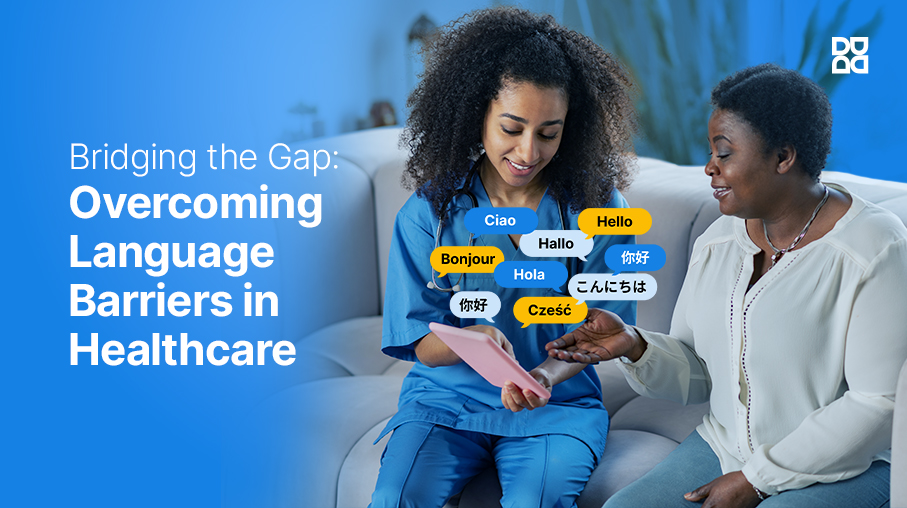

Travel Tips for Overcoming Language Barriers are vital for any traveler. Planning a trip abroad is exciting, but navigating a new language can be daunting. This guide equips you with essential strategies for overcoming language barriers and communicating effectively, no matter where your travels take you. It defines common hurdles and offers practical solutions. The guide is structured into sections on basic phrases, translation tools, and universal gestures, along with cultural awareness considerations. Each section offers specific tips and strategies for overcoming language barriers and communicating effectively during your travel adventures.
Mastering Basic Phrases
Essential Phrases for Everyday Interactions
Knowing a handful of fundamental phrases can significantly enhance your travel experience. These phrases act as a bridge to connect with locals and ensure smooth interactions. Learning simple greetings, thank-you expressions, and polite requests goes a long way. A valuable tool for language learning is using flashcards to memorize and recall frequently used phrases. Practice these phrases regularly to build confidence in using them when needed. For instance, mastering basic phrases such as ‘hello’, ‘goodbye’, ‘thank you’, and ‘excuse me’ can be surprisingly effective when navigating unfamiliar surroundings.
Using Basic Phrasebooks
Phrasebooks provide readily available resources to learn basic phrases and sentences before your trip. These physical books or digital apps offer a comprehensive collection of useful phrases for your travels. Phrasebooks are particularly helpful in unfamiliar circumstances and are a valuable supplement to learning basic language skills. Consider downloading phrasebook apps to your mobile device to access the phrases on the go, especially when cell service might be intermittent.
Learning Key Words
Familiarizing yourself with key words, such as ‘hotel’, ‘restaurant’, ‘airport’, or ‘museum’, can enable easier communication. Learn how to ask for directions, request clarification, or describe your needs. This will make your travel experience much smoother. Use online language learning tools to expand your vocabulary and learn new words. These tools offer practice exercises and quizzes, enabling you to learn at your own pace.
Utilizing Translation Tools
Downloading Translation Apps
Utilize translation apps to instantly translate text and speech. Download translation apps before your trip to ensure functionality, even if you lack internet access. Using an offline translation app can save you time and resources when navigating unfamiliar surroundings. Translation apps also provide valuable features for improving pronunciation and understanding different accents.
Employing Translation Dictionaries
Translation dictionaries can help you understand unfamiliar words and phrases. Having this tool at your fingertips makes navigating complicated situations more straightforward. Using translation dictionaries helps to find the exact meaning of words or expressions, ensuring accurate translation.
Understanding Cultural Nuances
Translation tools can sometimes lead to misunderstandings. Always consider the cultural context. What might be considered polite in one culture may be offensive in another. Learning about cultural nuances through online resources or books can help you understand these subtleties and use translation tools effectively.
Mastering Universal Gestures
Body Language and Nonverbal Communication
Universal gestures can bridge communication gaps when words fail. Gestures such as pointing, nodding, and shaking your head are generally understood across many cultures. Learning these universal gestures can assist when you are interacting with people who speak different languages. Using gestures and expressions such as pointing or nodding your head are helpful tools when words fail.
Hand Signals for Basic Needs
Learning simple hand signals that indicate your needs or requirements is a crucial aspect of communication. Using hand signals to communicate directions, orders, or expressions of approval can help in complex scenarios. Learning and applying these can make a large difference in overcoming obstacles.
Understanding Nonverbal Cues
Pay attention to nonverbal cues such as facial expressions, eye contact, and posture. Learn how to interpret these cues to better understand the other person’s emotions and intentions. Nonverbal cues can help you navigate difficult situations and understand complex communication.
Avoiding Common Travel Mishaps
Choosing Accommodation Strategically
Selecting accommodation that provides multiple language support can increase the likelihood of smooth communication. This strategy ensures effective communication with a wide range of language speakers. Look for accommodations that are either multilingual or cater to a diverse population.
Planning Transportation in Advance
Make plans for getting around the destination and using translation tools for booking and planning. Planning in advance can increase your ability to successfully complete a complex task. This will ease your ability to travel successfully through unfamiliar areas. Plan out how to utilize transportation ahead of time.
Managing Cultural Expectations
Learning about the culture, customs, and traditions of your destination will help you navigate interactions smoothly. Cultural nuances can be tricky to navigate, but learning and respecting them goes a long way in reducing misunderstandings. Consider researching cultural etiquette beforehand to prevent any conflicts or mishaps.
Cultural Awareness
Respecting Local Customs
Understanding local customs and traditions is paramount when interacting with people from different cultures. Researching customs before you travel will aid in smoothing interactions. Show respect to local traditions and customs. Local customs may vary, and knowing these ahead of time can avoid causing offense.
Adapting to Different Communication Styles
Adjust your communication style to match the cultural norms of the country you are visiting. Adjust to different communication styles to foster successful interactions. Tailoring your communication style is important for a more natural and comfortable experience.
Showing Empathy and Patience
Communication requires patience and understanding, especially in scenarios with language barriers. Patience is important, even in stressful situations.
Resources for Further Learning
Online Language Learning Platforms
Numerous online language learning platforms, such as Duolingo and Babbel, provide interactive lessons and exercises. These are fantastic resources for those looking to learn languages and practice skills in a convenient format. Utilizing these resources can help to practice and prepare before travel.
Travel Phrasebooks and Dictionaries
Use phrasebooks and dictionaries to build your vocabulary and familiarize yourself with basic phrases. These resources are great for practice. These are helpful to familiarize yourself with common vocabulary.
Tips from Experienced Travelers
Seek advice from experienced travelers. Ask fellow travelers about their experiences navigating language barriers in different countries to benefit from their insight and learn practical tips. This will enable you to benefit from the experiences of others.
Practical Strategies for Effective Communication
Active Listening
Active listening skills are crucial when communicating with someone who speaks a different language. Engage fully by paying close attention to both verbal and nonverbal cues. Maintain eye contact and show empathy. Ask clarifying questions when unsure. This will reduce the likelihood of misunderstandings.
Asking for Clarification
When faced with confusion, politely ask for clarification. Do not be afraid to ask questions, and ensure you understand. Be direct about your need for clarification and show that you are serious about understanding.
Using Visual Aids
Whenever possible, use visual aids to supplement your communication. This might involve drawing or using gestures or pointing at items.
[
{
“question”: “What are the most crucial language learning apps for travelers?”,
“answer”: “Several apps stand out for their practicality and ease of use. Duolingo and Babbel offer structured language courses, while HelloTalk connects you with native speakers for personalized practice. Memrise, with its engaging flashcards and mnemonics, is another great option for quickly memorizing essential phrases. Choose the app that best aligns with your learning style and goals.”
},
{
“question”: “How can I use gestures to communicate effectively during travel?”,
“answer”: “Gestures play a vital role in overcoming language barriers, especially when words fail. Learning universal gestures like pointing, nodding, shaking your head, and using hand signals to convey basic needs like directions or ordering food can bridge communication gaps. However, be mindful that gestures might vary across cultures, and research the cultural nuances of your destination beforehand.”
},
{
“question”: “What are some effective ways to avoid common travel mishaps by using translation tools?”,
“answer”: “Translation tools can significantly simplify travel, especially for ordering food, asking for directions, or making reservations. Employing translation apps, both offline and online, can help you overcome language barriers and address any specific concerns you might have. Ensure you download the offline translation mode on your device before traveling. Moreover, be open to a diverse range of accommodation options in addition to hotels. This will increase the chance of communicating with a more diverse population.”
}
]
In conclusion, mastering Travel Tips for Overcoming Language Barriers is essential for a richer, more meaningful travel experience. By employing active listening, utilizing translation tools, and learning basic phrases, you can navigate any destination with confidence and avoid misunderstandings. Now, go out there and explore the world with open hearts and open minds! Download our free travel phrasebook for a head start on your next adventure.